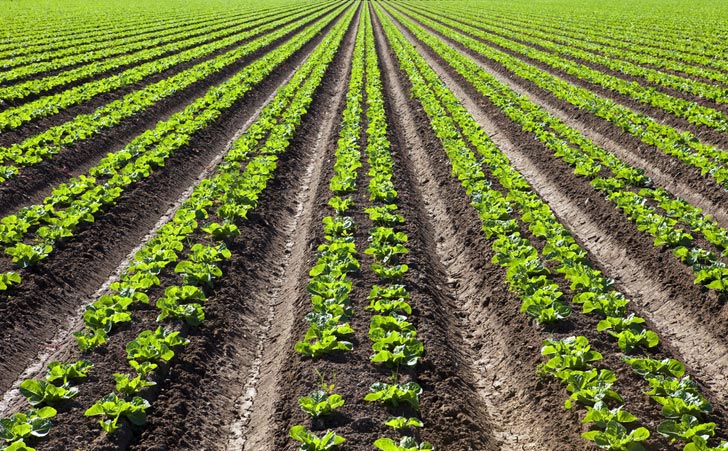Company News
Green Chemistry About Biopesticide

Company News

Biopesticides mean of “biological pesticides”, a green chemical technology in agriculture application. The types of pesticides derived from bio-based resources such as animals, plants, bacteria and certain minerals. Regulatory positions have been influenced by public perceptions:
> in the EU, biopesticides have been defined as “a form of pesticide based on micro-organisms or natural products”.
> the US EPA states that they “include naturally occurring substances that control pests (biochemical pesticides), microorganisms that control pests (microbial pesticides), and pesticidal substances produced by plants containing added genetic material (plant-incorporated protectants) or PIPs”.
In 2014, there are more than 430 registered biopesticide active ingredients and 1320 active product registrations. ” Biopesticides fall into three major classes:
1. Microbial pesticides consist of a microorganism (e.g., a bacterium, fungus, virus or protozoan) as the active ingredient. Microbial pesticides can control many different kinds of pests, although each separate active ingredient is relatively specific for its target pest[s]. For example, there are fungi that control certain weeds, and other fungi that kill specific insects.
2. The most widely used microbial pesticides are subspecies and strains of Bacillus thuringiensis, or Bt. Each strain of this bacterium produces a different mix of proteins, and specifically kills one or a few related species of insect larvae. While some Bt’s control moth larvae found on plants, other Bt’s are specific for larvae of flies and mosquitoes. The target insect species are determined by whether the particular Bt produces a protein that can bind to a larval gut receptor, thereby causing the insect larvae to starve.
3. Plant-Incorporated-Protectants (PIPs) are pesticidal substances that plants produce from genetic material that has been added to the plant. For example, scientists can take the gene for the Bt pesticidal protein, and introduce the gene into the plant’s own genetic material. Then the plant, instead of the Bt bacterium, manufactures the substance that destroys the pest. The protein and its genetic material, but not the plant itself, are regulated by EPA.
4. Biochemical pesticides are naturally occurring substances that control pests by non-toxic mechanisms. Conventional pesticides, by contrast, are generally synthetic materials that directly kill or inactivate the pest. Biochemical pesticides include substances, such as insect sex pheromones, that interfere with mating, as well as various scented plant extracts that attract insect pests to traps. Because it is sometimes difficult to determine whether a substance meets the criteria for classification as a biochemical pesticide, EPA has established a special committee to make such decisions.
> Biopesticides are usually inherently less toxic than conventional pesticides.
> Biopesticides generally affect only the target pest and closely related organisms, in contrast to broad spectrum, conventional pesticides that may affect organisms as different as birds, insects, and mammals.
> Biopesticides often are effective in very small quantities and often decompose quickly, thereby resulting in lower exposures and largely avoiding the pollution problems caused by conventional pesticides.
> When used as a component of Integrated Pest Management (IPM) programs, biopesticides can greatly decrease the use of conventional pesticides, while crop yields remain high.
> To use biopesticides effectively (and safely), however, users need to know a great deal about managing pests and must carefully follow all label directions.
Before a pesticide can be marketed and used in the U.S, the Federal Insecticide, Fungicide, and Rodenticide Act (FIFRA) requires that EPA evaluate the proposed pesticide to assure that its use will not pose unreasonable risks of harm to human health and the environment. Learn more about the regulation.
> Biopesticide Registration Tools
> Biopesticide Ingredient & Product Lists
> Plant Incorporated Protectants (PIPs)
Click to visit the biopesticides in European Commission.